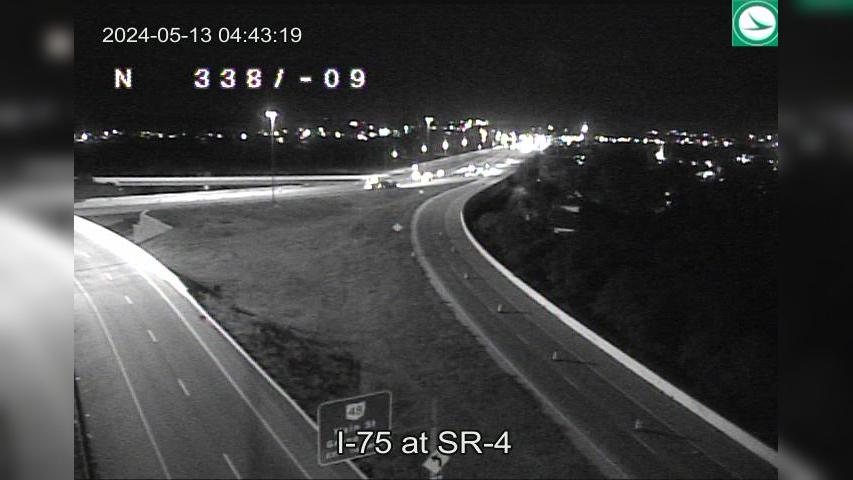

Regarding the first issue, the Ohio Supreme Court held that the 2019 law does not conflict with the Home Rule Amendment. Is a municipality required to cover the costs and fees from the civil actions commenced by the traffic cameras?.Does the Home Rule Amendment prohibit legislation that reduces a municipality’s state funding by the revenues generated from traffic-camera citations?.The Ohio Supreme Court was tasked with answering the two following questions: The Issues Presented to the Ohio Supreme Court: Second, this Amendment to the Ohio Constitution gives municipalities the power to levy taxes and raise revenue through other means.
#OHIO TRAFFIC CAMERAS FULL#
First, the Home Rule Amendment grants municipalities full power over all matters relating to the local government. So what is the Home Rule Amendment? Essentially, the Home Rule Amendment grants municipalities (1) sovereignty and (2) self-sufficiency.
/cloudfront-us-east-1.images.arcpublishing.com/gray/MILQNC6CQNFWPL7JK2WMCRAUXY.jpg)
Further, Newburgh Heights argued that the 2019 law violated the municipal-home-rule powers in Article XVIII, Section 3 of the Ohio Constitution. After the passage of the 2019 law, Newburgh Heights filed for a declaratory judgment and injunctive relief. Newburgh Heights is located in East Cleveland and employs traffic cameras to enforce traffic laws. Additionally, municipalities are required to pay for the costs and fees associated with the traffic-camera citations, unless these citations are generated from traffic violations in school zones. Once these revenues are reported, the tax commissioner reduces a municipalities state funding based off the revenues generated from these traffic-camera citations. 5747.502(B), which requires municipalities to report to the tax commissioner the fines collected from traffic cameras by July 31 of each year. On July 3, 2019, the Ohio General Assembly enacted R.C. On May 19, 2022, the Ohio Supreme Court unanimously upheld a 2019 state law that reduces state funding to municipalities with traffic-cameras based on the revenues received from the citations. However, the Ohio Supreme Court’s recent decision now makes traffic-camera citations a nuisance for local governments. In mid-2017, the Ohio Supreme Court ruled that the state’s restrictions were not general laws and were unconstitutional.Dayton Continues To Employ Traffic Cameras Despite Ohio Supreme Court DecisionĬitations generated from traffic cameras tend to be a nuisance for most drivers. The city of Dayton previously won a different lawsuit against another state law that also imposed restrictions on traffic camera programs, including a requirement that officers be present during their operation. The state argued that there is no limit on the State Legislature’s authority to regulate lower court jurisdiction. The bill’s contested provisions “unconstitutionally limit Dayton’s legislative authority regarding its traffic camera photo enforcement program, dictate the collection and reporting of fines and subject Dayton to penalties for operating its program,” the appellate decision states. 62 provisions do not prescribe rules of conduct for citizens and instead unconstitutionally seek to control municipal procedures for traffic citations. The appeals court ruled that the contested H.B. The state appealed the decision, and last month the Ohio Second District Court of Appeals issued an opinion largely affirming Judge Huffman’s ruling. 62 violate home rule because they limit and interfere with the city’s municipal power without sufficiently “serving an overriding statewide interest.” Last spring, Common Pleas Court Judge Mary Katherine Huffman ruled that provisions of H.B. The city said the state law is designed to make photo-enforcement programs too expensive to operate.


 0 kommentar(er)
0 kommentar(er)
